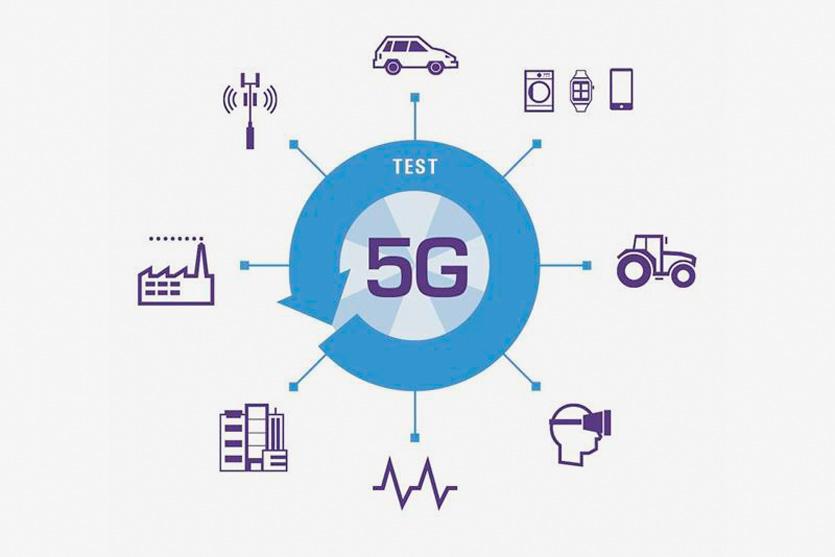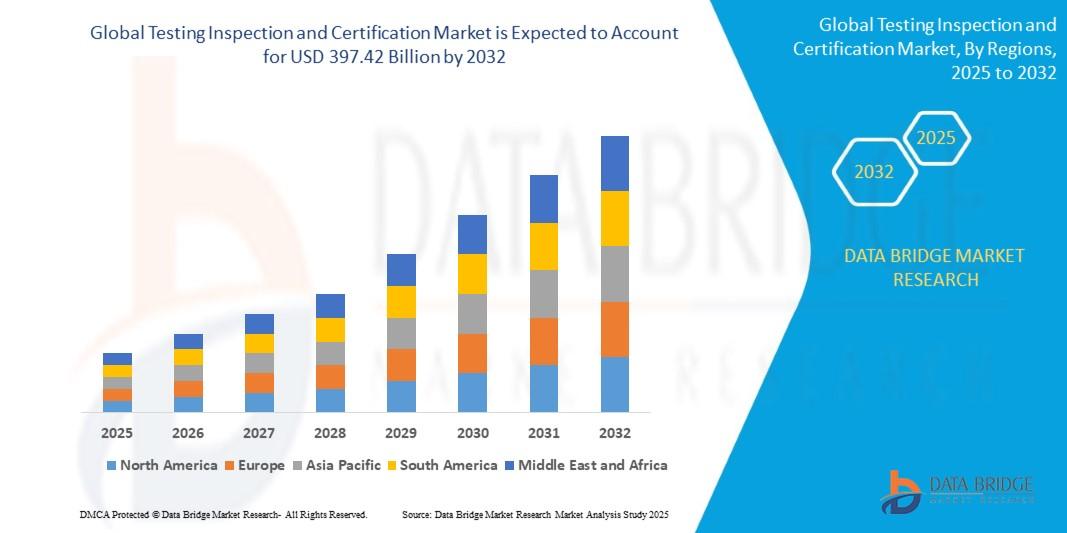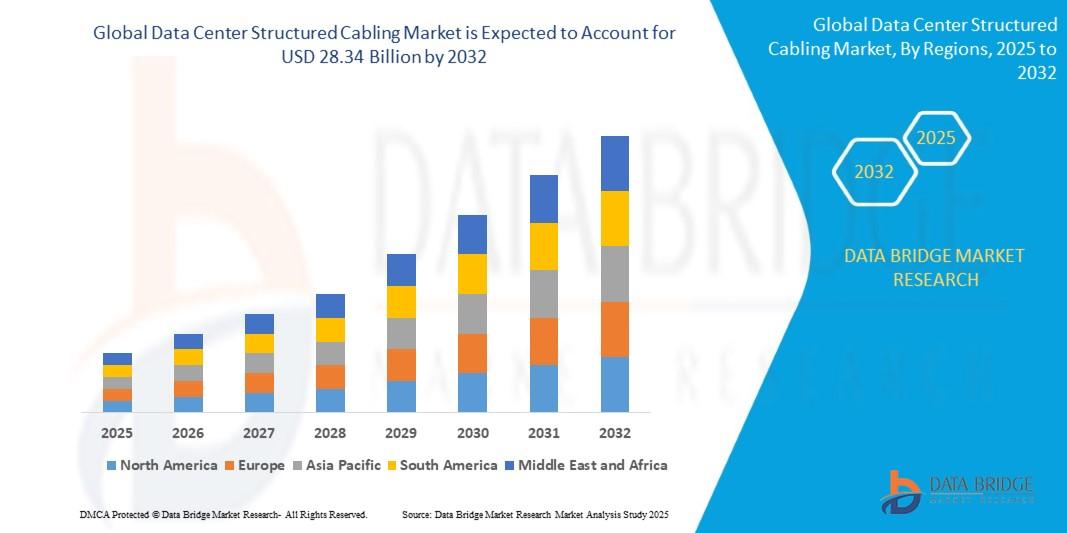A Comprehensive Overview of the Global and Dynamic 5G Service Market

The global 5G Service Market is a dynamic and rapidly evolving sector, representing the commercial layer that sits atop the massive global investment in 5G infrastructure. This market is where Mobile Network Operators (MNOs) monetize their networks by selling a diverse portfolio of connectivity services to both consumers and enterprises. The consumer segment, which currently represents the largest portion of the market, is primarily focused on Enhanced Mobile Broadband (eMBB) services. This involves selling 5G data plans for smartphones and other personal devices, promising faster speeds and a better overall mobile experience. However, the most significant long-term growth opportunity for the market lies in the enterprise segment, where MNOs are developing a new suite of services that leverage the unique capabilities of 5G, such as low latency and massive connectivity, to address specific business needs in verticals like manufacturing, healthcare, and logistics.
The competitive landscape of the 5G service market is defined by the major MNOs in each geographic region. In the United States, the market is a fierce battleground between the "big three": Verizon, AT&T, and T-Mobile. They are competing aggressively on network coverage, performance (speed and reliability), and the pricing of their 5G plans. In other regions, the market is similarly dominated by a small number of established national carriers, such as China Mobile in China, Deutsche Telekom in Germany, and NTT Docomo in Japan. These MNOs are the primary players because they own the essential and expensive assets required to offer the service: the licensed radio spectrum and the physical network infrastructure. Their ability to effectively build out their networks and to develop compelling service offerings is what determines their success in this highly capital-intensive market.
The services being offered are becoming increasingly sophisticated. For consumers, operators are bundling 5G connectivity with other digital services, such as streaming video subscriptions or cloud gaming platforms, to add value to their plans. For enterprises, the offerings are much more specialized. This includes Fixed Wireless Access (FWA), which uses the 5G network to provide high-speed broadband to businesses as an alternative to fiber, and Network Slicing, which allows an MNO to create a dedicated, virtual end-to-end network for an enterprise with guaranteed quality of service. 5G Service Service Market is Estimated to Reach a Valuation of USD 488.56 Billion By 2035, Reaching at a CAGR of 25.33% During 2025 - 2035. The development and successful monetization of these advanced enterprise services are critical for the market to achieve this immense valuation and for MNOs to generate a return on their massive 5G investments.
Ultimately, the 5G service market is about the transition of MNOs from being simple "dumb pipe" connectivity providers to becoming strategic enablers of digital transformation. The future of the market will not just be about selling gigabytes of data; it will be about selling solutions. This could be a "smart factory" solution that includes a private 5G network and edge computing, or a "connected logistics" service that includes IoT device management and a data analytics platform. This shift requires MNOs to develop new skills, forge new partnerships with technology vendors and systems integrators, and gain a deep understanding of the specific needs of different industry verticals, representing a fundamental evolution of the telecommunications business model.
Explore Our Latest Trending Reports:
Cloud Based Project Portfolio Management Market Size
Computer Aided Facility Management (CAFM) Market Size



